Home>Gardening & Outdoor>Garden Tools & Equipment>Who Invented The First Lawnmower
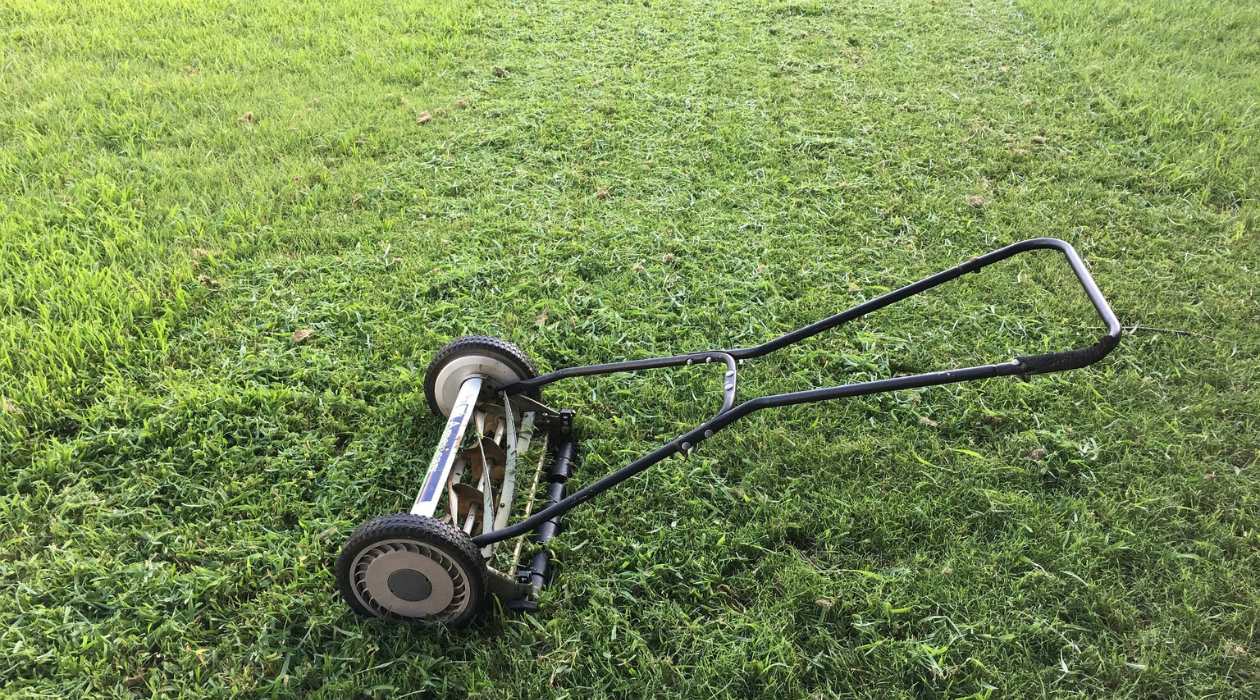

Garden Tools & Equipment
Who Invented The First Lawnmower
Modified: August 27, 2024
Discover the history of garden tools and equipment with the invention of the first lawnmower. Learn about the origins and evolution of this essential gardening tool.
(Many of the links in this article redirect to a specific reviewed product. Your purchase of these products through affiliate links helps to generate commission for Storables.com, at no extra cost. Learn more)
Introduction
Are you ready to embark on a journey through time and discover the fascinating history of one of the most essential tools in modern gardening? The lawnmower, a ubiquitous sight in gardens and parks across the globe, has a rich and intriguing origin story that dates back to the 19th century. Join me as we delve into the annals of history to uncover the invention of the first lawnmower and trace its evolution into the indispensable gardening equipment we know today.
The invention of the lawnmower revolutionized the way we maintain our outdoor spaces, offering a more efficient and convenient alternative to manual grass cutting. Understanding the origins of this ingenious device not only provides insight into the evolution of gardening practices but also offers a glimpse into the innovative spirit of human ingenuity.
So, let's set our sights on the past and unravel the tale of the first lawnmower, shedding light on the brilliant minds and technological advancements that have shaped the tools and equipment we rely on to nurture our green spaces.
Key Takeaways:
- The first lawnmower was invented by Edwin Beard Budding in 1830, revolutionizing lawn maintenance and paving the way for modern gardening equipment.
- The evolution of lawnmowers has led to a diverse range of models, from manual reel mowers to robotic variants, showcasing human ingenuity and commitment to enhancing outdoor spaces.
Read more: Who Invented The First Aid Kit
The First Lawnmower
The concept of a machine specifically designed for cutting grass dates back to the early 19th century, marking a significant shift from the labor-intensive methods prevalent at the time. Prior to the invention of the lawnmower, maintaining a well-manicured lawn was a time-consuming task that often involved the use of scythes or grazing animals. The introduction of the first lawnmower heralded a new era in landscaping and horticulture, paving the way for more efficient and precise grass cutting.
Before the advent of lawnmowers, the upkeep of grassy areas was predominantly carried out using handheld tools, a practice that demanded considerable physical exertion and time. The need for a more expedient and less strenuous approach to lawn maintenance spurred the development of the first mechanical grass cutter, marking a pivotal moment in the history of gardening equipment.
As we journey through the origins of the lawnmower, we will unravel the story of its inception and the visionary individuals who pioneered its creation. Join me as we explore the evolution of this groundbreaking invention and gain a deeper appreciation for the innovative spirit that continues to shape the tools we rely on to cultivate and beautify our outdoor spaces.
Edwin Budding and the Invention of the First Lawnmower
At the heart of the lawnmower’s origin story stands Edwin Beard Budding, an English engineer and inventor whose ingenious mind and unwavering determination led to the creation of the world’s first mechanical grass-cutting machine. Born in 1796 in Stroud, Gloucestershire, Budding would go on to leave an indelible mark on the world of gardening with his groundbreaking invention.
The inspiration for Budding’s invention stemmed from his observation of a cutting cylinder at a local cloth mill, which utilized a similar mechanism to shear off the protruding fibres of woollen cloth. Recognizing the potential application of this technology in lawn maintenance, Budding set out to adapt and refine the concept, ultimately giving rise to the iconic lawnmower.
In 1830, Budding patented his revolutionary design, which featured a reel blade mechanism that efficiently trimmed grass with precision. This pivotal moment in history marked the birth of the lawnmower as we know it today, forever changing the landscape of gardening and landscaping practices.
Budding’s invention not only revolutionized lawn care but also laid the foundation for the modernization of green spaces, enabling individuals to maintain lush, well-kept lawns with unprecedented ease and efficiency. His innovative spirit and dedication to enhancing the lives of gardeners and outdoor enthusiasts resonate to this day, as his invention continues to be an indispensable tool in maintaining manicured lawns and verdant landscapes.
As we pay homage to Edwin Budding’s enduring legacy, we celebrate his pivotal role in shaping the evolution of garden tools and equipment, and we honor the timeless impact of his visionary invention on the art of gardening.
The first lawnmower was invented by Edwin Budding in 1830 in Gloucestershire, England. He designed it to cut the grass on sports grounds and large gardens.
Evolution of Lawnmowers
The inception of the first lawnmower marked the dawn of a new era in lawn maintenance, catalyzing a wave of innovation and technological advancement in the realm of gardening equipment. Over the years, the lawnmower has undergone a remarkable evolution, with successive generations of inventors and engineers refining and enhancing its design to meet the evolving needs of gardeners and landscapers.
Following Edwin Budding’s pioneering invention, the development of lawnmowers gained momentum, leading to the introduction of various types and models tailored to different scales of lawn care. From the traditional push mowers to the advent of electric and gas-powered variants, the evolution of lawnmowers has been characterized by a relentless pursuit of efficiency, convenience, and environmental sustainability.
The introduction of the gas-powered lawnmower in the 20th century marked a significant milestone, offering increased power and autonomy in grass-cutting operations. This technological leap paved the way for the widespread adoption of motorized lawnmowers, revolutionizing the speed and scale at which lawns could be maintained.
Subsequent innovations in the realm of lawn care equipment brought forth electric lawnmowers, harnessing the power of electricity to provide a quieter and more eco-friendly alternative to their gas-powered counterparts. These advancements not only catered to the growing emphasis on sustainability but also offered a practical solution for individuals seeking a low-maintenance approach to lawn care.
The evolution of lawnmowers has also seen the integration of advanced features such as self-propulsion, mulching capabilities, and ergonomic designs aimed at enhancing user comfort and operational efficiency. Furthermore, the advent of robotic lawnmowers has redefined the concept of autonomous lawn maintenance, exemplifying the intersection of cutting-edge technology and traditional gardening practices.
As we marvel at the diverse array of lawnmowers available today, from manual reel mowers to state-of-the-art robotic models, we bear witness to the enduring legacy of innovation and progress that continues to shape the landscape of lawn care. The evolution of lawnmowers stands as a testament to human ingenuity and our unwavering commitment to enhancing the beauty and functionality of outdoor spaces, ensuring that the timeless chore of grass cutting remains a seamless and gratifying endeavor for generations to come.
Conclusion
The journey through the history of lawnmowers unveils a narrative of ingenuity, perseverance, and the relentless pursuit of efficiency in taming nature’s verdant carpets. From the humble origins of the first mechanical grass cutter to the diverse array of modern lawnmowers adorning garden sheds and landscaping facilities, the evolution of this indispensable tool reflects the enduring spirit of innovation and the timeless quest for enhancing the beauty and functionality of outdoor spaces.
At the heart of this narrative stands Edwin Beard Budding, whose visionary invention laid the groundwork for a revolution in lawn maintenance, forever changing the way we care for our green landscapes. Budding’s legacy serves as a testament to the transformative power of human creativity and the profound impact of a single invention on the fabric of everyday life.
The evolution of lawnmowers embodies a tapestry of technological advancements, from the advent of gas-powered and electric models to the emergence of autonomous robotic mowers, each iteration representing a stride towards greater efficiency, sustainability, and user convenience. As the tools of the trade continue to evolve, they bear witness to the enduring commitment to harmonizing the coexistence of human habitation and natural splendor.
While the lawnmower’s evolution mirrors the progression of technology and societal needs, it also encapsulates the intrinsic human desire to cultivate and nurture the green canvases that surround us. The act of mowing a lawn transcends mere maintenance; it embodies a symbiotic relationship between humans and nature, a ritual that fosters a sense of pride, tranquility, and connection to the earth.
As we bid adieu to this captivating journey through the annals of lawnmower history, let us carry forth an appreciation for the transformative power of innovation, the enduring legacy of visionary inventors, and the profound impact of a seemingly humble tool on the landscapes we call home.
May the evolution of lawnmowers continue to inspire a harmonious blend of tradition and technology, ensuring that the art of lawn maintenance remains a gratifying and enriching endeavor for generations to come.
Frequently Asked Questions about Who Invented The First Lawnmower
Was this page helpful?
At Storables.com, we guarantee accurate and reliable information. Our content, validated by Expert Board Contributors, is crafted following stringent Editorial Policies. We're committed to providing you with well-researched, expert-backed insights for all your informational needs.
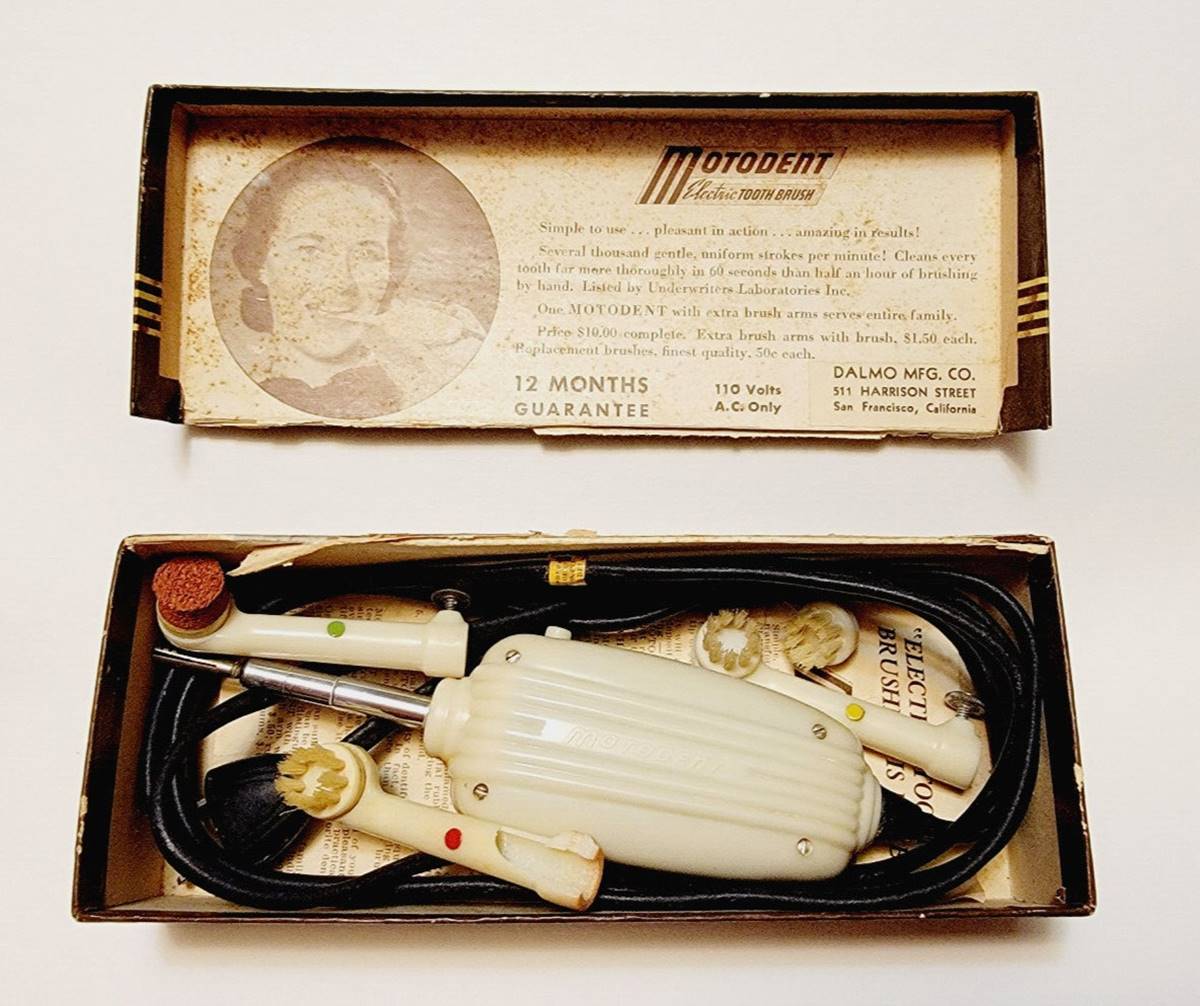

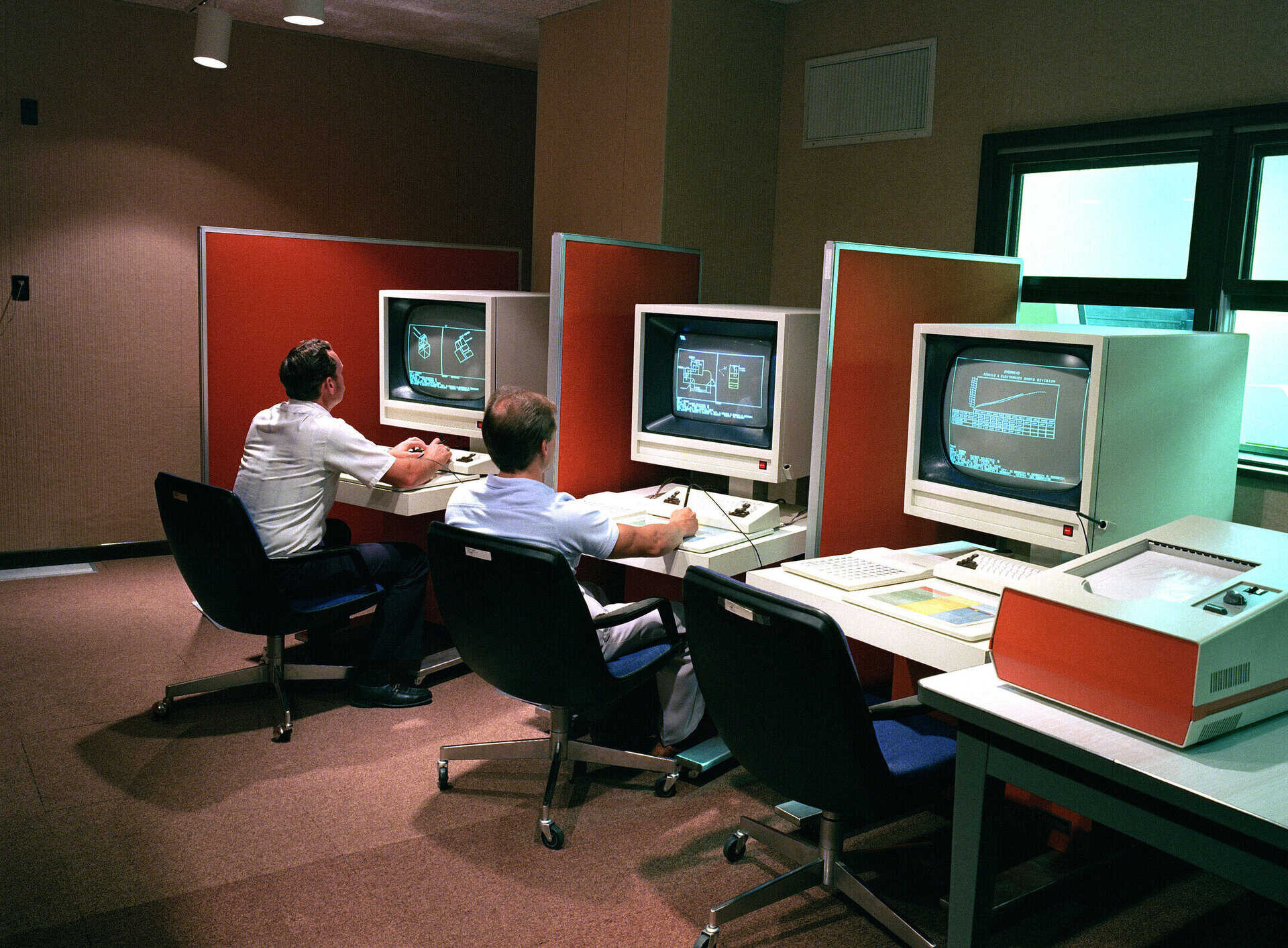
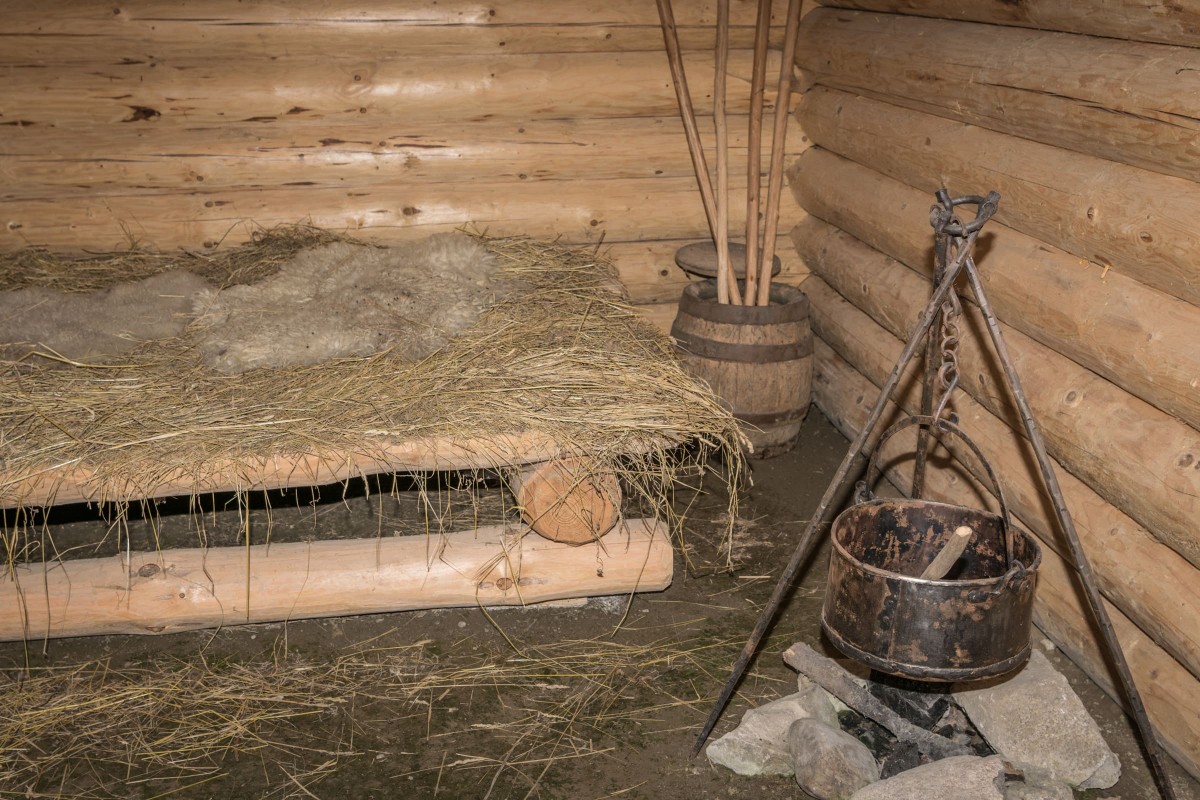
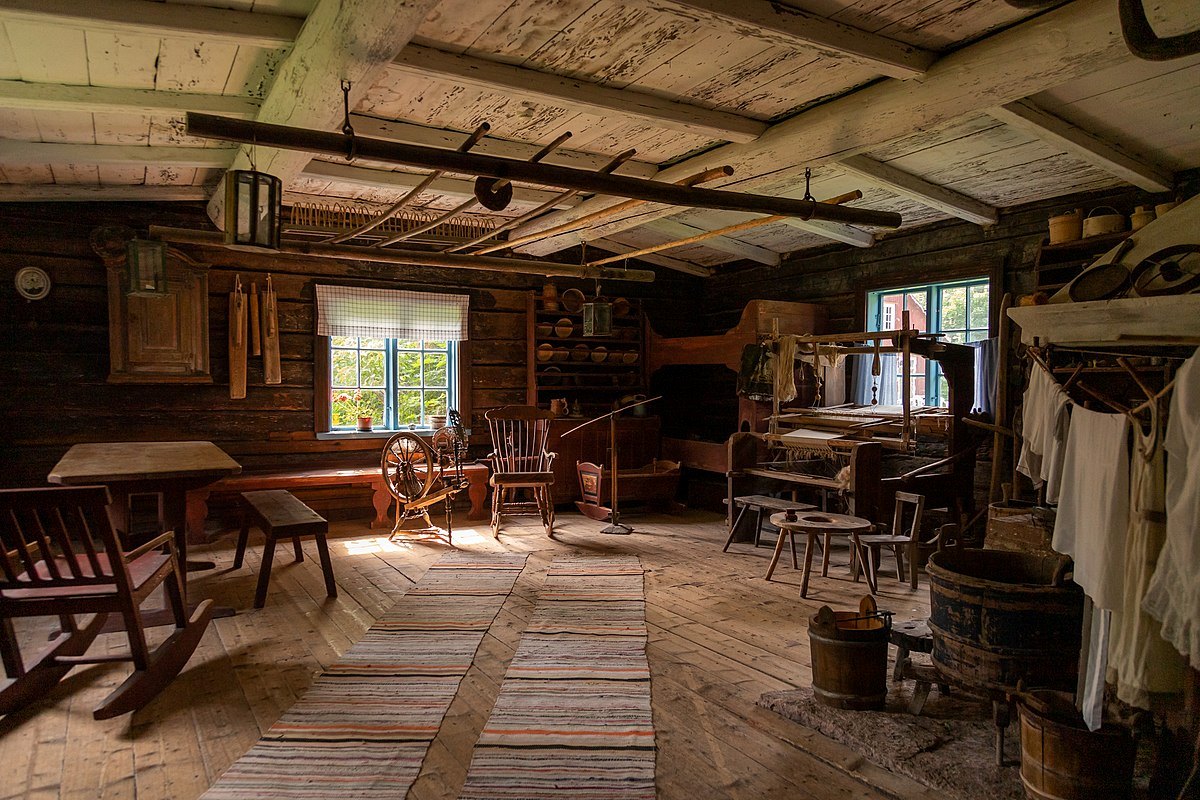






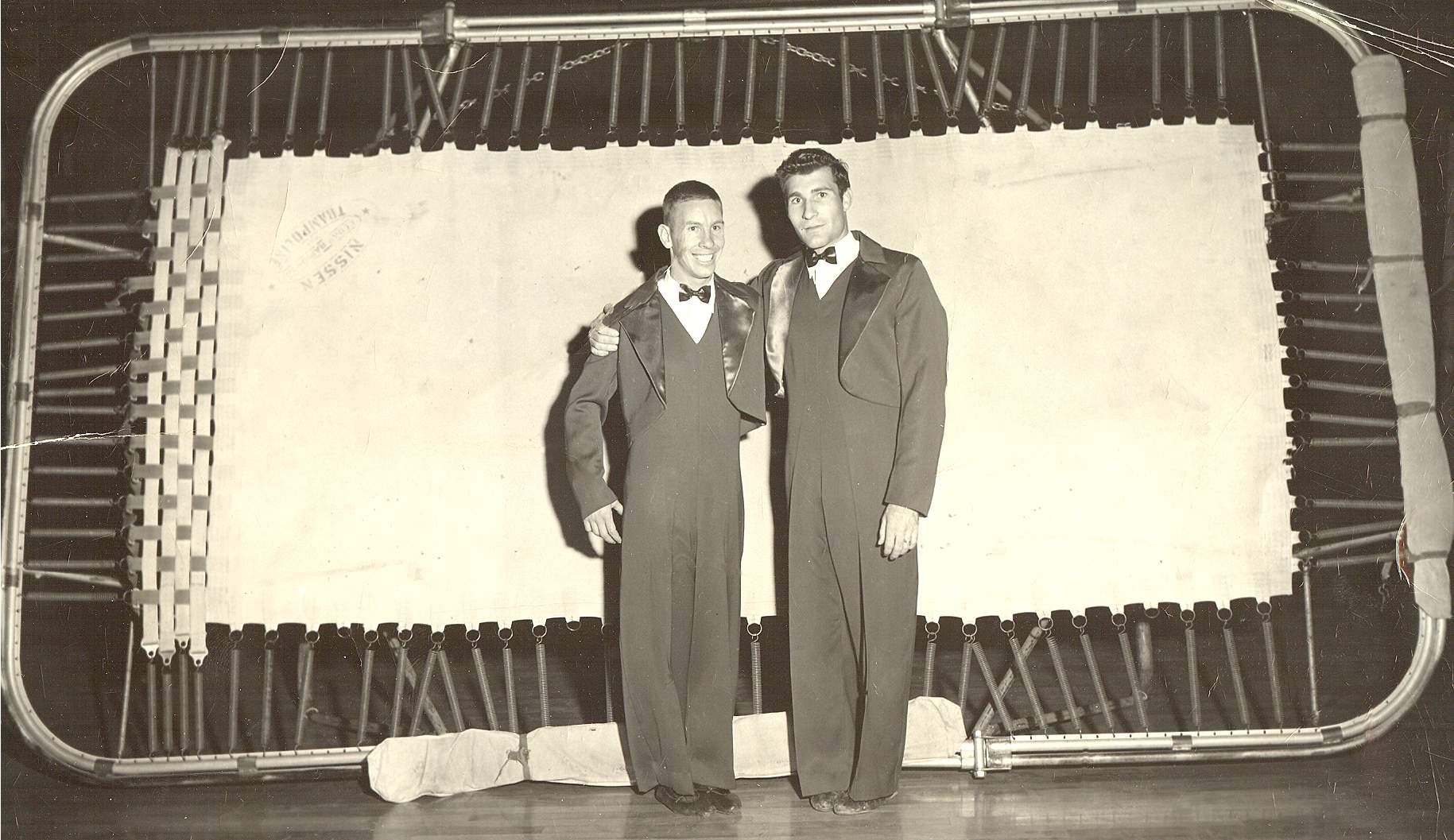

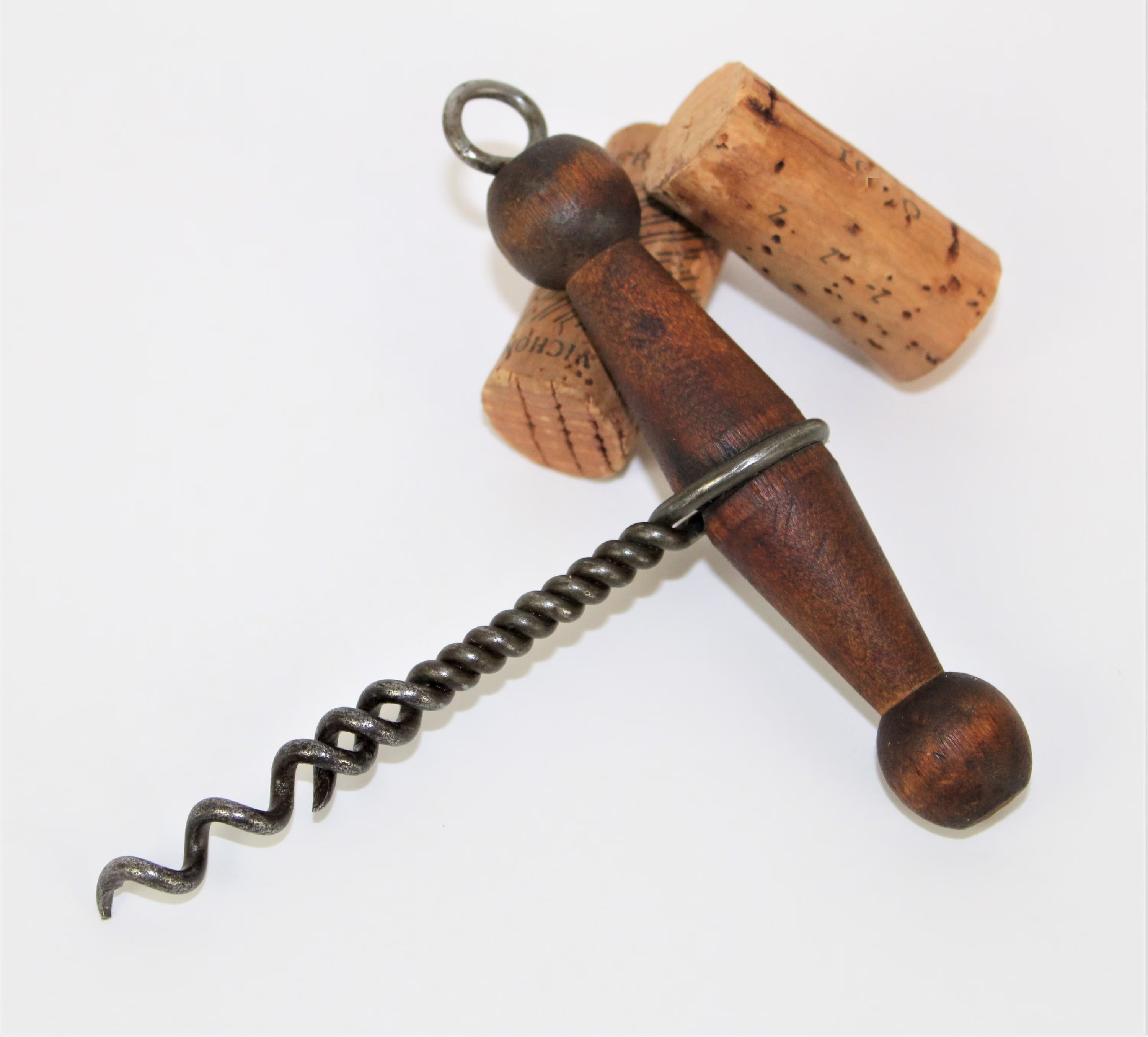


0 thoughts on “Who Invented The First Lawnmower”